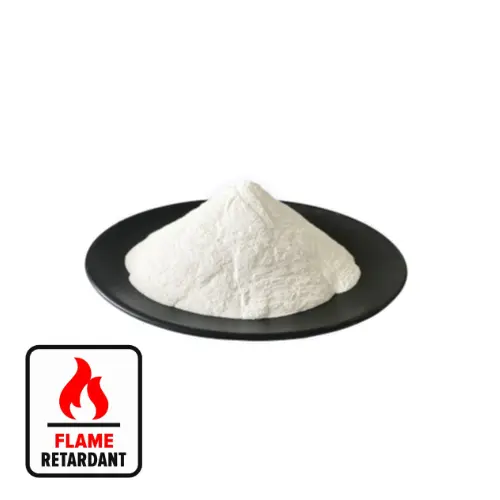Optimization of Synthesis Conditions of Modified Magnesium Hydroxide Based on JMP Software
Introduction
Magnesium hydroxide is an important inorganic material widely used in catalysts, flame retardants and pharmaceuticals. Optimizing its synthesis conditions is crucial to improving its performance. JMP software is a powerful tool for statistical analysis and design of experiments, which can simplify the optimization process.

Experimental design
The experimental design was created using central composite design (CCD), including 10 factor points, 4 axis points and 2 center points. The variables selected include:
Reaction temperature
Reaction time
Magnesium source concentration
Alkali source concentration
Experimental conditions
The experiment was carried out in a constant temperature water bath to control the temperature, time and reactant concentration. After the reaction, the product was filtered, washed and dried.
Data analysis
The experimental data were analyzed using JMP software. For each response variable (such as the specific surface area, pore size and crystal form of modified magnesium hydroxide), a multivariate linear regression model was constructed.
Optimization process
The predictive analysis tool of JMP software was used to predict the response variable values under different condition combinations. The optimization goal is to maximize the specific surface area and pore size while minimizing the crystal form.
Results
Reaction temperature and magnesium source concentration have significant effects on specific surface area.
Alkali source concentration has significant effects on pore size.
Reaction time has significant effects on crystal form.
To obtain the best conditions, the following parameters are recommended:
Reaction temperature: 100°C
Reaction time: 30 min
Magnesium source concentration: 0.5 M
Alkali source concentration: 1 M
Under these conditions, the predicted specific surface area is 200 m2/g, the pore size is 5 nm, and the crystal form is hexagonal.
Discussion
By using JMP software, the synthesis conditions of modified magnesium hydroxide can be optimized quickly and effectively. This optimization process helps to maximize the performance of the product and provides valuable information for subsequent research and applications.

